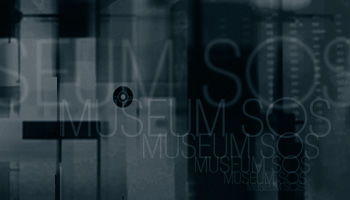

 |  |
 |
|
Post-Fire Recovery of the Lundy Trophy Collection 

Linda Nieuwenhuizen ABSTRACT The Lundy Collection is a natural history/trophy collection comprised of taxidermy life mounts, shoulder mounts, head mounts, tusks (teeth), horns and antlers, hooves, rugs, fish, shells, and memorabilia. On 13 November 1995, the collection of approximately 180 pieces was involved in a devastating fire. The specimens in the collection were obtained by Mr. and Mrs. Burrows T. Lundy, prominent North Carolina pork packers. The collecting and amassing of the trophies took place in Africa and in the Arctic with safari expeditions in the late 1960s and early 1970s. The Lundy collection was housed and viewed for many years within the Lundy Pork Packing Factory in an upstairs annex located above the factory floor. In the late 1980s, after the passing of Mr. and Mrs. Burrows T. Lundy, the collection was donated to a small, private school, Campbell University, located in Buies Creek, North Carolina. The Lundy Family also donated a considerable sum of money to create a "museum" for the collection. The museum, however, was still on paper and the collection was still at the plant when on the 13 November 1995, the assemblage of taxidermy was involved in a grease fire. The local volunteer fire department tried to put out the fire with water spreading the fire even further and when the water sprinklers in the trophy room were activated the fire burned rather uncontrollably for 24 hours. The fire consumed several of the specimens, the floor of the room, and deposited a lot of soot. Conservation consultation began shortly after the fire had been quenched and directions were given for handling and lifting the artifacts from the trophy room. A piece by piece survey was conducted and estimates were given for probable conservation protocol and outcome of the pieces after conservation. The actual conservation began six months later with the pieces arriving in New York. The soot, hair, and pesticides were analyzed for efficacy in treatment proposals. Various conservation treatments were employed for the removal of soot, the stabilization of the mounts, and filling of losses. Two and a half years later, the conservation project reached an end and the collection was moved into storage to await the construction of a new museum. In 2001, the new museum, on the grounds of Campbell University, opened. DOCUMENTS
Download PDF of entire lecture LINKS |